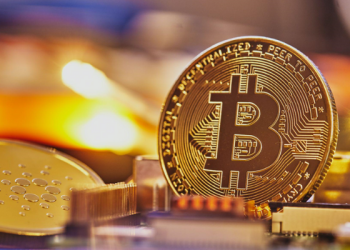In the latest investigative report by Reuters, Binance, the world’s largest digital asset exchange, is accused of routinely commingling customer funds with operating capital. The report claims that Binance violated U.S. financial regulations by not strictly separating customer funds from company revenue in 2020 and 2021. This blog post delves into the details of the allegations and their potential implications for Binance and its customers.
Commingling of Funds and Violation of Financial Rules
According to Reuters’ sources, commingling of funds occurred regularly at accounts Binance held at Silvergate Bank, a crypto-friendly bank in California. While the exact figures of the commingling were not verified, a Silvergate record from February 2021 revealed that Binance mixed $20 million from a corporate account with a separate account containing $15 million in customer funds.
Binance defended itself by stating that the mentioned accounts were not used to accept user deposits but rather to facilitate user purchases of BUSD, the Binance-branded stablecoin. However, Reuters presented evidence of a ‘Bank Deposit via Silvergate’ screenshot, where customers were informed that they could deposit and withdraw funds in USD through their local bank accounts. This raises questions about whether customers were aware that their dollar deposits were considered purchases rather than traditional withdrawals.
Regulatory Concerns and Potential Tax Evasion
Former regulators interviewed by Reuters emphasized that financial entities like Binance have a responsibility to clearly communicate and safeguard customer funds, as per U.S. regulations. The allegations of fund commingling and lack of transparency could be viewed as regulatory shortcomings. There are concerns that Binance may have transferred funds between accounts and converted them to digital assets to obscure activities from tax authorities. Binance founder Changpeng ‘CZ’ Zhao’s reported preference for avoiding cash in bank accounts further raises suspicions of potential tax evasion.
Binance’s Response and Public Backlash
Binance spokesperson Brad Jaffe denied the allegations of commingling, asserting that the accounts in question contained 100% corporate funds. However, to fulfill withdrawal requests, some of the BUSD funds would need to be converted back to USD, blurring the line between user sales and withdrawals. Binance’s response received criticism for lack of clarity and direct denial of commingling.
Following the release of Reuters’ report, Binance’s chief strategy officer, Patrick Hillmann, responded on Twitter, acknowledging past regulatory shortcomings without offering specific details. Hillmann accused Reuters of publishing a negative story based on conspiracy theories, prompting a back-and-forth exchange between Binance and the media outlet.
Bottom line
The allegations of fund commingling against Binance are concerning for the digital asset exchange and its customers. Violations of financial rules, potential tax evasion, and lack of transparency raise questions about the security and integrity of customer funds. Binance’s response to the allegations has faced criticism for its lack of clarity. As the situation unfolds, regulatory authorities and customers will closely monitor developments to ensure the protection of customer funds and the adherence to financial regulations in the cryptocurrency industry.









